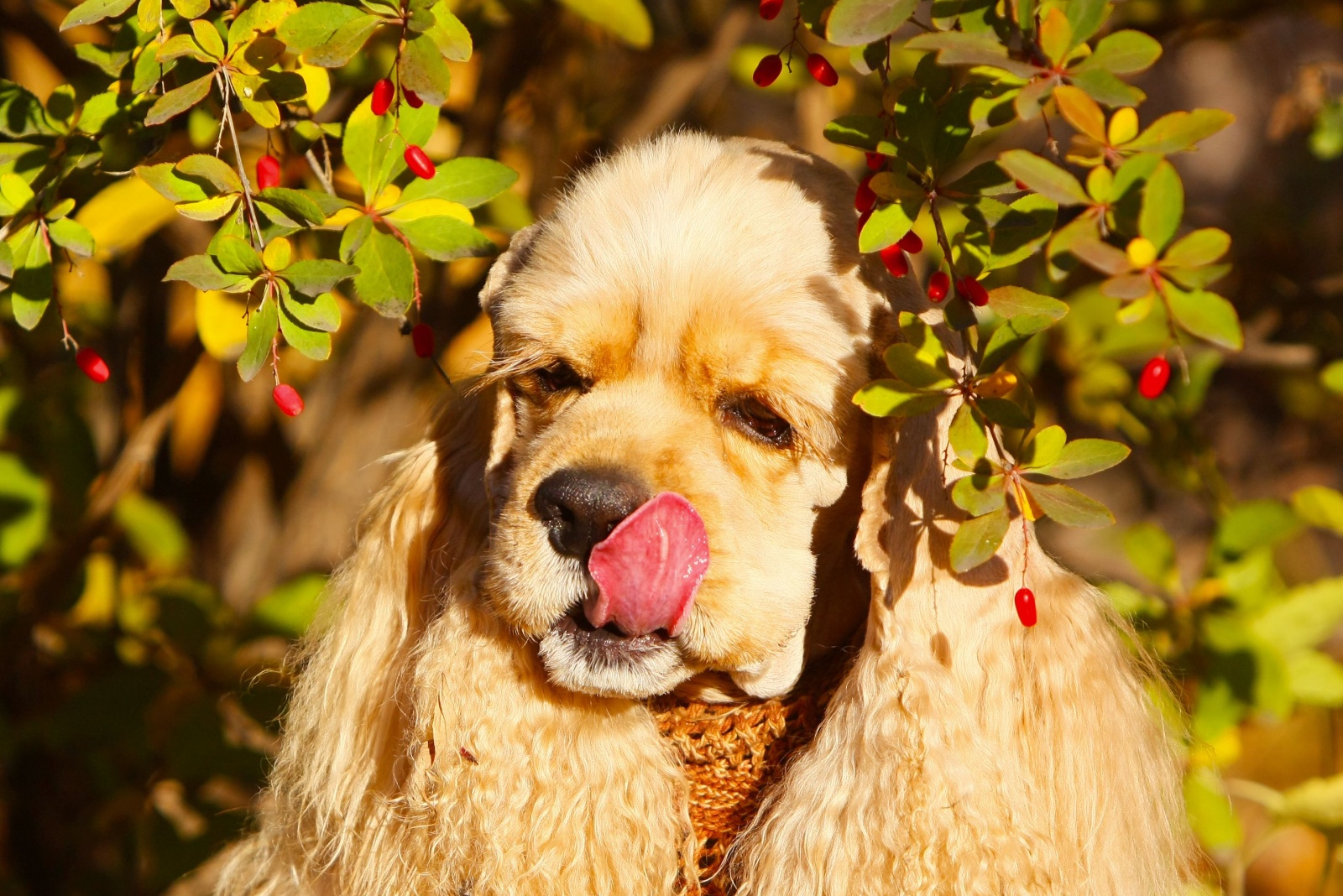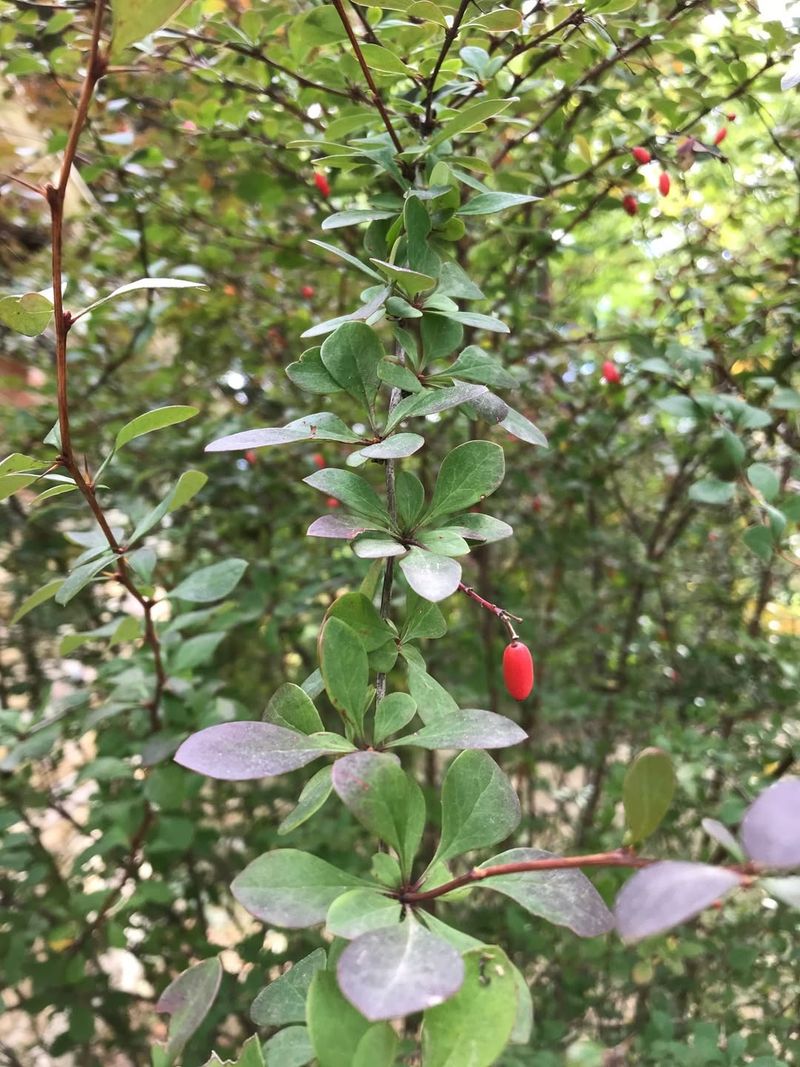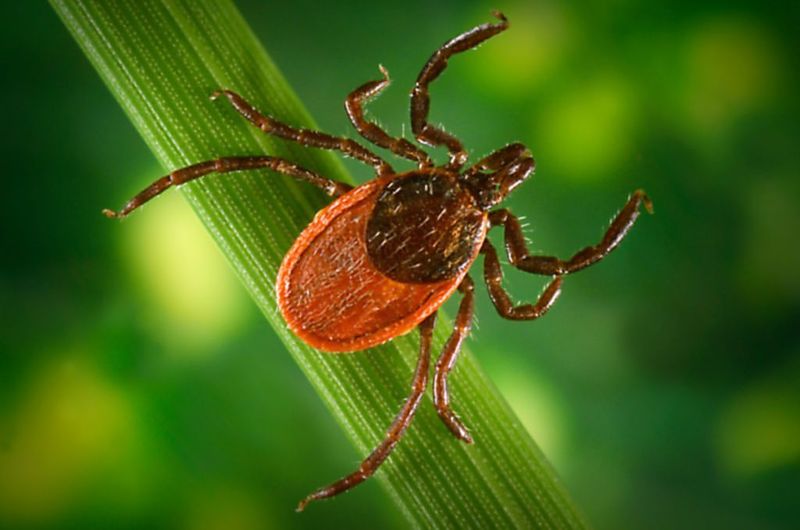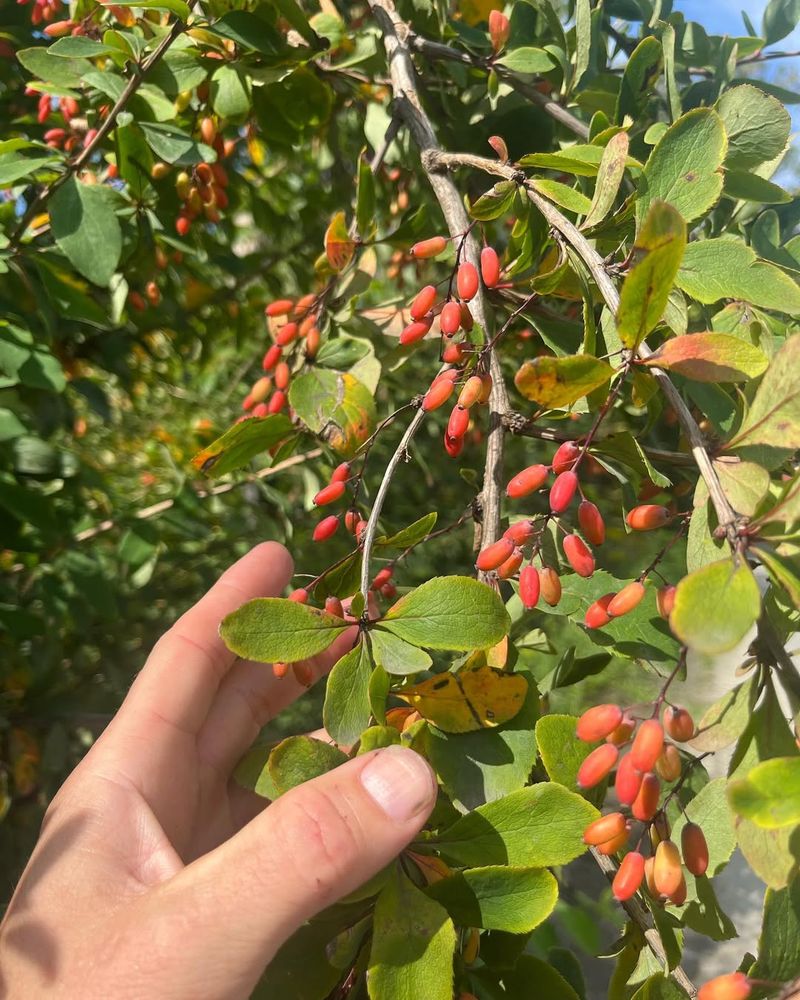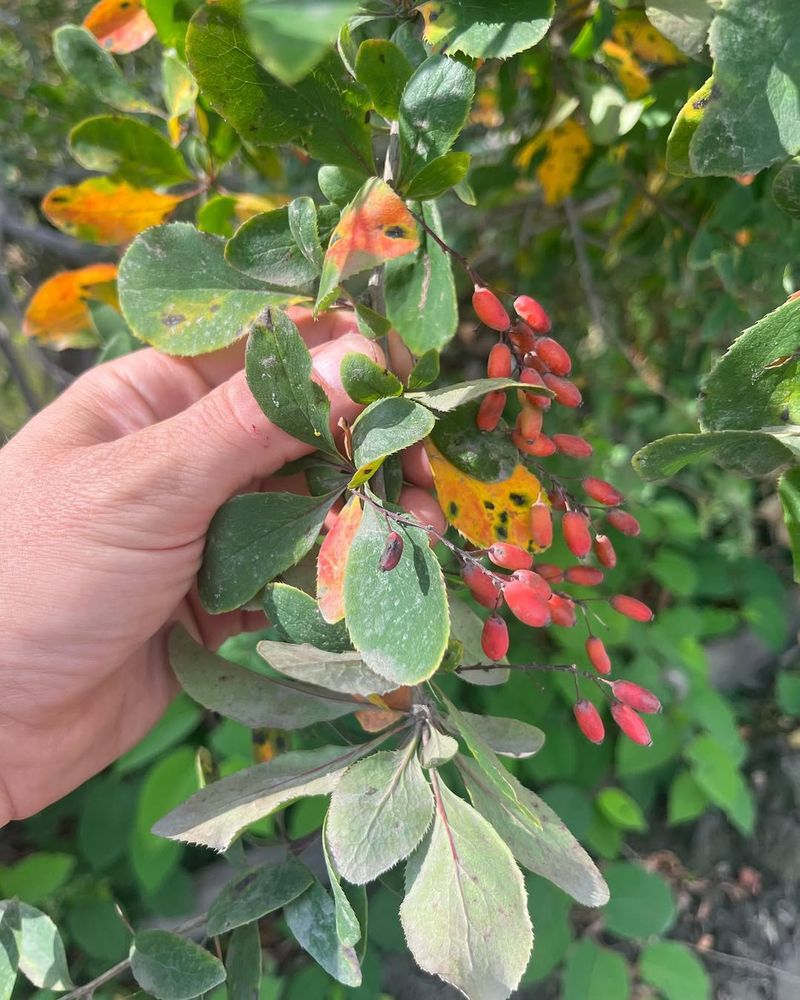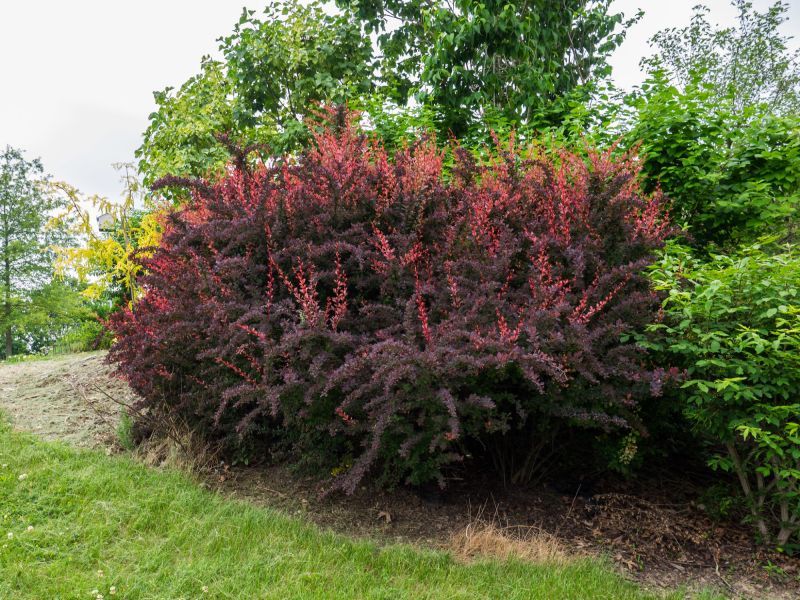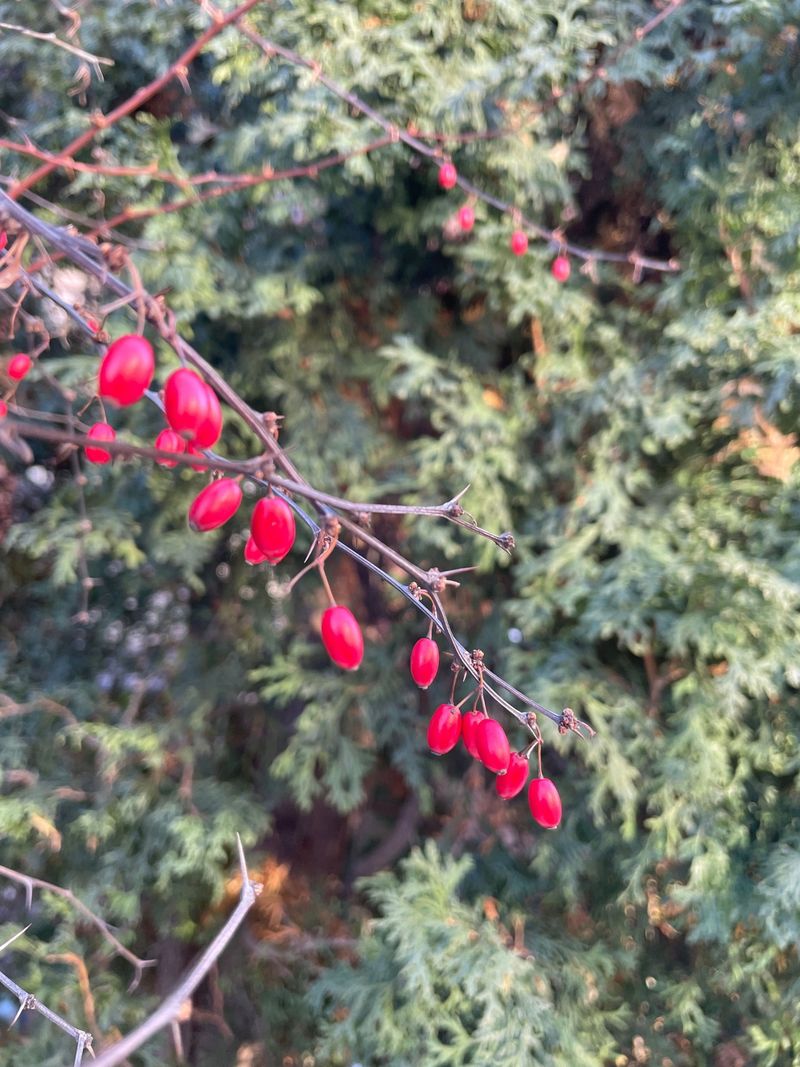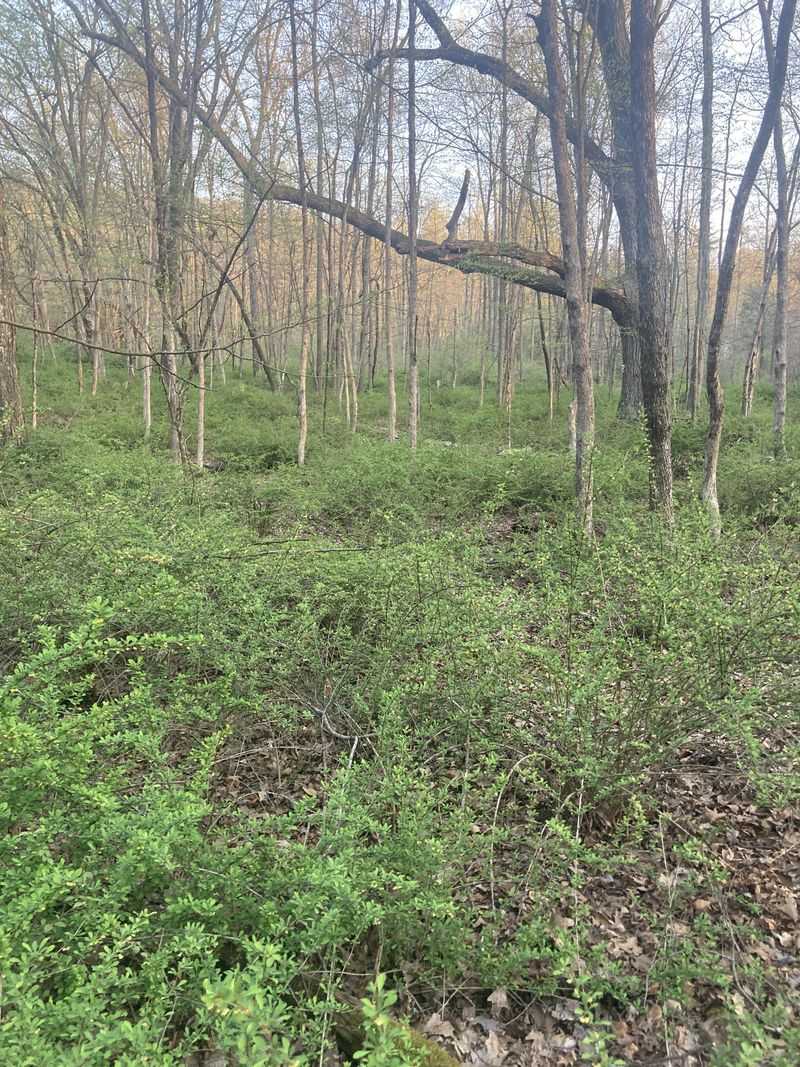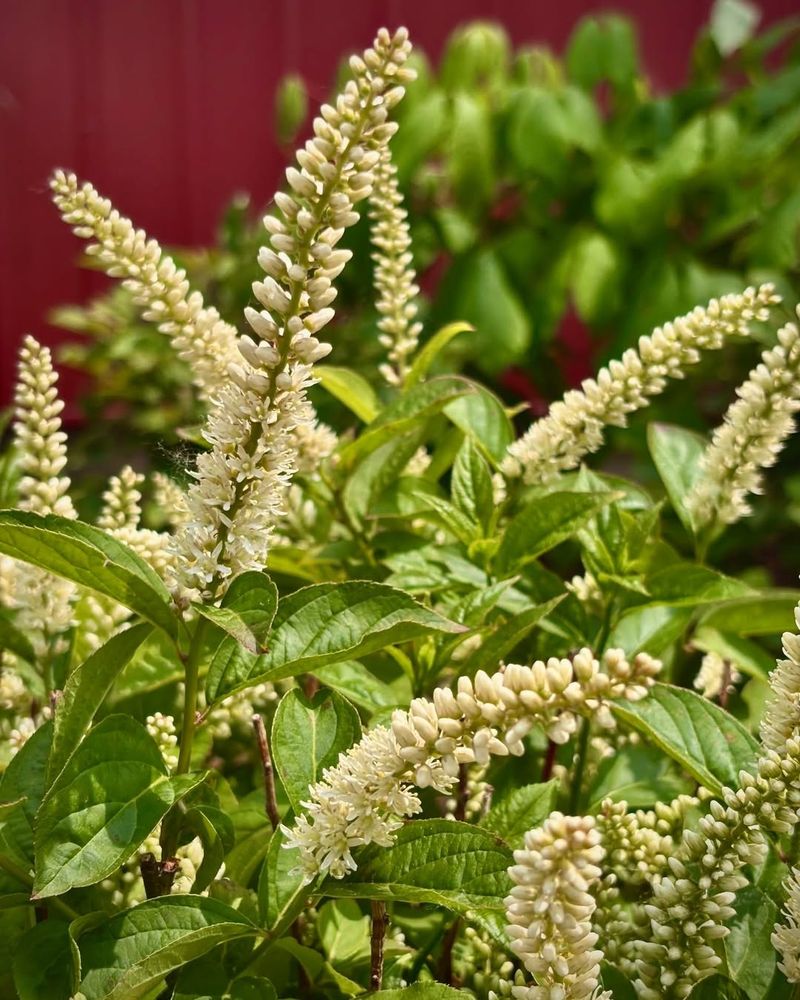Japanese Barberry might seem like an attractive landscaping option, but for Maryland pet owners, it poses serious risks. This invasive shrub has become increasingly common in our state’s gardens, creating hazards for both local ecosystems and our beloved four-legged companions.
Before you consider adding this plant to your yard, understand the dangers it presents to your pets and the Maryland environment.
1. Sharp Thorns Can Injure Curious Pets
Walking my dog through a Montgomery County park, I noticed how he avoided certain shrubs instinctively. The dense, sharp thorns covering Japanese Barberry stems can easily puncture sensitive paw pads or snouts of investigating pets.
These painful injuries often require veterinary attention and can become infected if left untreated. Many Maryland vets report treating pets with eye injuries after unfortunate encounters with these thorny plants.
Unlike native Maryland shrubs with minimal defenses, Barberry’s thorns remain sharp year-round, presenting a constant hazard for outdoor pets who love to explore garden spaces.
2. Ticks Thrive In Barberry Patches
Research from the University of Connecticut found tick populations are significantly higher around Japanese Barberry. Here in Maryland, where Lyme disease is already a serious concern, these shrubs create perfect humid microclimates for ticks to flourish.
Your pets become easy targets when exploring areas with Barberry. The shrub’s dense growth pattern creates ideal tick breeding grounds, especially during our humid Maryland summers.
A friend in Baltimore had to treat her dog for multiple tick-borne illnesses after their yard, which contained several Barberry bushes, became a tick hotspot despite regular preventative treatments.
3. Berries Contain Harmful Compounds
The bright red berries might look appetizing to pets, but they contain compounds that can cause mild to moderate digestive upset. Cats and dogs exploring Maryland gardens may be attracted to these colorful fruits.
Consuming even small amounts can lead to vomiting, diarrhea, or lethargy in sensitive animals. Several cases of pet poisoning from ornamental berries are reported annually to Maryland poison control centers.
While rarely fatal, the discomfort these berries cause pets isn’t worth the risk when so many pet-safe native alternatives thrive in our Maryland climate.
4. Crowds Out Pet-Friendly Native Plants
Once established in Maryland landscapes, Japanese Barberry aggressively overtakes areas where beneficial native plants would normally grow. The dense shade and altered soil chemistry beneath these shrubs prevents growth of pet-safe native grasses pets enjoy.
Native Maryland plants like soft sedges and pet-friendly grasses provide safe outdoor enrichment for cats and dogs. In my Annapolis neighborhood, yards with native plantings attract more butterflies and birds that pets enjoy watching.
Choosing native alternatives supports the local ecosystem while creating a more stimulating and safer outdoor environment for your furry companions.
5. Creates Dangerous Wildlife Hiding Spots
The dense, impenetrable structure of Barberry provides perfect hiding places for wildlife that may harm pets. Small mammals, snakes, and other creatures that might bite or scratch curious dogs and cats find sanctuary in these thorny thickets.
Maryland’s native copperheads particularly favor dense undergrowth like Barberry offers. Last summer, a neighbor in Frederick discovered a snake den beneath their decorative Barberry after their terrier was bitten during backyard play.
Creating safer landscape designs with more visibility helps prevent unexpected wildlife encounters that can result in painful or dangerous situations for your pets.
6. Alters Soil Chemistry Harmful to Paws
Japanese Barberry changes the pH of surrounding soil, making it more acidic than what’s typical for Maryland’s natural landscape. This soil alteration can irritate sensitive paw pads when pets walk through affected areas.
The changed chemistry also supports fewer beneficial soil organisms that naturally help maintain healthy yard ecosystems. Testing soil in my Baltimore County garden revealed dramatically different pH levels around these invasive shrubs.
Pets that dig or roll in altered soil may experience skin irritation or allergic reactions not typically seen with our region’s natural soil composition.
7. Difficult To Remove Once Established
Attempting to remove mature Barberry creates hazardous conditions for both you and your pets. The thorny branches can cause injuries during removal, and pets curious about yard work may get too close to the action.
Root fragments left behind after removal often regenerate, creating an ongoing battle that disrupts yard use for months. Many Maryland gardeners report spending entire seasons trying to fully eradicate established plants.
Professional removal services in our area often charge premium rates for Barberry extraction due to the difficulty and protective equipment required, making it an expensive mistake to correct.
8. Better Pet-Safe Alternatives Exist For Maryland Gardens
Maryland’s native plant nurseries offer numerous pet-friendly alternatives that provide similar landscape benefits without the risks. Inkberry holly and sweetspire deliver attractive structure without dangerous thorns or toxic berries.
These native options thrive in our specific climate conditions without requiring excessive water or chemical treatments. The Maryland Native Plant Society maintains lists of regional-specific alternatives perfect for pet households.
By choosing native Maryland plants like Virginia sweetspire or fragrant sumac, you create a safer environment that supports local wildlife while keeping your furry family members protected from harm.

